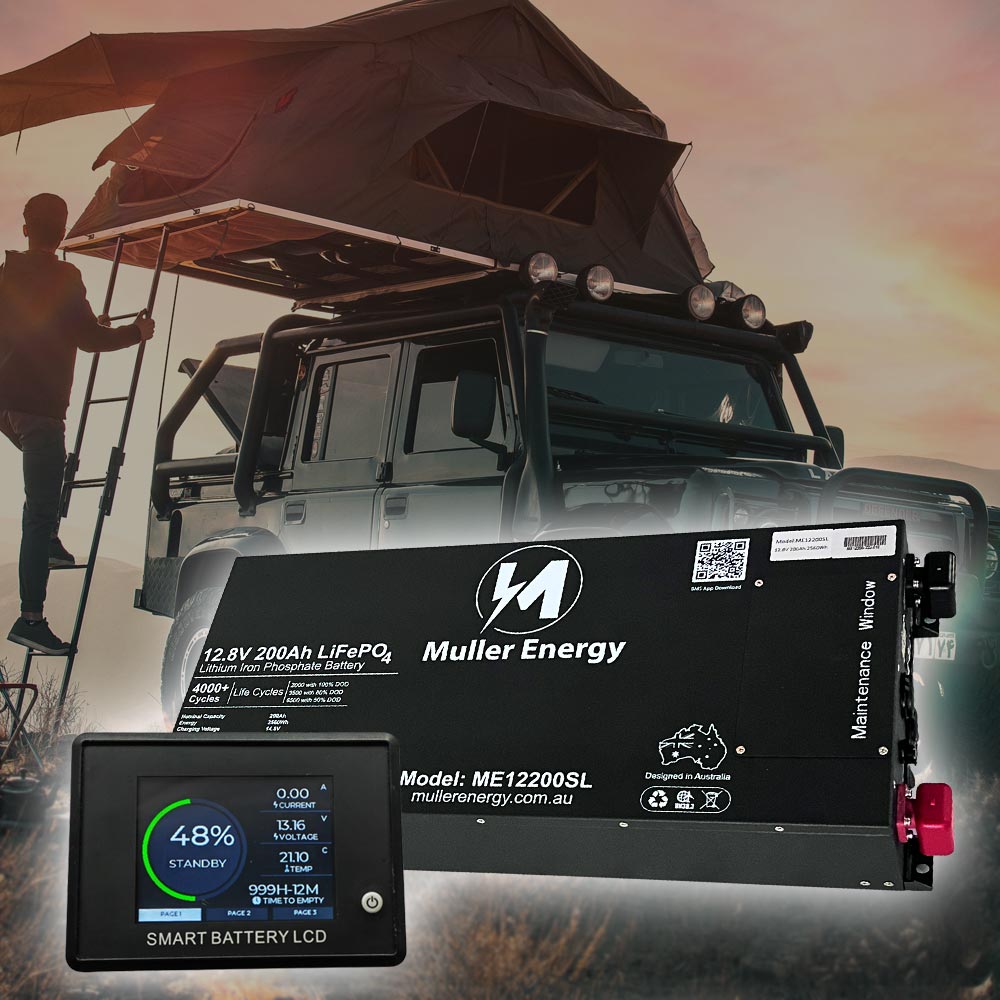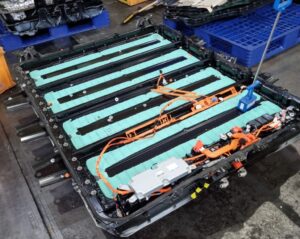How to Match Solar Capacity with Lithium Battery Capacity in Your Campervan

Campervan adventures come with the joy of traveling on the open road, but when off the grid, a reliable source of power is of the utmost importance for an enjoyable and sustainable journey. Some of the features of this power setup include making the solar capacity comparable to the lithium battery capacity. You are now going to learn the steps to create a balanced and economical energy system for your motorhome in this guide.
Understanding Solar Capacity
Understanding the details of pairing the solar and lithium battery capacities, it is important to know the basic principles of solar energy first. Solar capacity denotes the power that can be generated by a solar panel under maximum conditions, commonly defined in watts. It is vital to think about the geographical location of your destinations as well as the weather conditions in order to predict the daily exposure your solar panels will receive from the sun.
Choosing the Right Lithium Battery
As for the idea of your solar setting, the next step is choosing a suitable lithium battery. Lithium-batteries, mainly lithium-ion and lithium iron phosphate (LiFePO4) batteries, are preferred by camper van owners due to their high energy density, longer life, and reduced weight.
Consider the following factors when choosing a lithium battery:
- Capacity: The capacity of a lithium battery is measured in ampere-hours (Ah). Calculate the daily energy consumption of your campervan appliances and devices to determine the required battery capacity.
- Voltage: Ensure the lithium battery voltage aligns with your campervan’s electrical system. Common voltages are 12V and 24V.
- Cycle Life: Lithium batteries with a higher cycle life are more durable and cost-effective in the long run.
Calculating Battery Capacity Based on Solar Panels
Now, let’s establish a harmonious balance between your solar capacity and lithium battery capacity. Follow these steps:
- Determine Daily Energy Consumption: Make a list of all the electrical devices you intend to use as well as their daily energy consumption in Watts-hours (Wh).
- Calculate Daily Solar Generation: The solar panel’s capacity and the daily sunshine amount should be considered to calculate the daily solar energy generation in Wh.
- Account for Losses: Also consider efficiency losses caused by weather conditions, shading, and system inefficiencies. Multiply the calculated solar generation by a safety factor, which is usually around 1.2, to compensate for this loss.
- Match Battery Capacity: Share the total energy consumption per day by the DoD percentage you are comfortable with. LifePO4 batteries have a typical DoD (Depth of Discharge) of 80%, which implies that only 80% of the battery’s capacity is consumed in order to prolong the lifespan of the battery.
Fine-Tuning Your System
To optimize your campervan’s energy system, consider these additional tips:
- Battery Monitoring System (BMS): Install a BMS to monitor and manage your lithium battery’s health, preventing overcharging and over-discharging.
- Inverter Efficiency: Choose an inverter with high efficiency to convert DC power from the battery to AC power for your devices.
- Expandability: Plan for future energy needs by designing a system that allows for the addition of more solar panels or batteries if necessary.
Conclusion
Lithium battery capacity should match solar capacity as this is a must in the creation of a functional and reliable power system for your camper. Through the knowledge of your energy intake, with the right lithium battery choice, and fine-tuning of your set-up you can experience equal freedom to the road while not worrying about energy depletion. Consider the time it takes to plan properly and you will go on a camper adventure powered by the sun stored in the lithium battery.








1 thought on “How to Match Solar Capacity with Lithium Battery Capacity in Your Campervan”
Comments are closed.